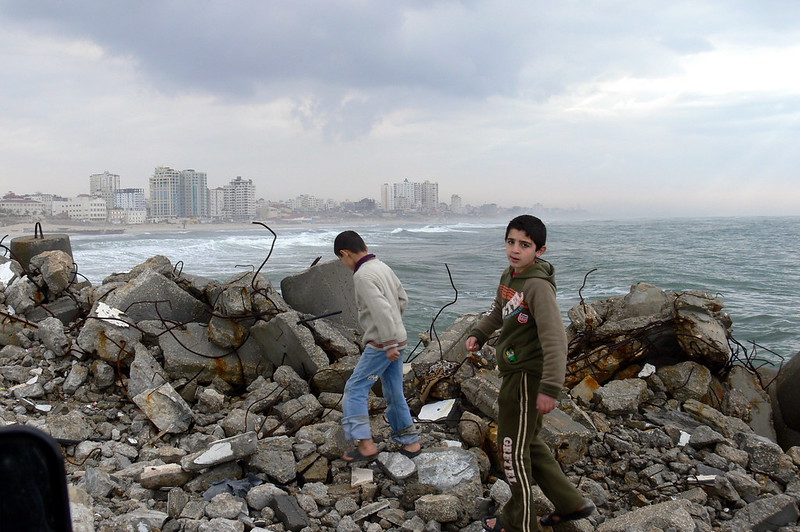 Established in 2002, IF Charity has spent more than two decades providing aid in Gaza. In an interview conducted by The Borgen Project, longtime volunteer Souad Mh discussed the organization’s key programs, challenges and ongoing efforts to deliver support in a conflict-affected region.
Established in 2002, IF Charity has spent more than two decades providing aid in Gaza. In an interview conducted by The Borgen Project, longtime volunteer Souad Mh discussed the organization’s key programs, challenges and ongoing efforts to deliver support in a conflict-affected region.
Origins and Mission
Souad’s involvement with the Palestinian cause began 20 years ago, when she helped a friend in Morocco raise funds by selling items at a mosque. After moving to the United Kingdom (U.K.) in 2018, she sought to continue her efforts and found Interpal, the organization that preceded IF Charity. Political challenges eventually led to Interpal’s closure and IF Charity emerged in its place with a continued focus on providing life-saving aid to Gaza. Souad believes that the cause itself sets the charity apart. “I think it hurts a lot to see someone suffering or going through hardship nonstop,” she said.
Education Reborn
Education Reborn, one of IF Charity’s signature programs, focuses on restoring learning opportunities for children in Gaza whose schools have been destroyed. The organization supplies essential materials such as tables and books, aiming to ensure that children have the tools and spaces needed to continue their education.
IF Charity also invests in community infrastructure. Its community development program supports water and desalination plant construction, which provides clean water to families and reduces the need for young people to travel long distances. The time saved allows youth to participate in education or pursue job opportunities through the charity’s job creation initiatives.
Food and Energy Security
According to IF Charity’s 2023 to 2024 action report, 90% of people in Gaza experience food insecurity. To address this, the charity distributes vegetable baskets and food parcels. During Ramadan 2024, the organization provided food parcels to 2,338 families. To tackle frequent electricity outages, IF Charity installed solar panels in North Gaza. These panels also support water extraction from wells, contributing to both energy and water access. The charity also organized an Eid fun day in 2024 to provide emotional relief and a sense of normalcy for children and families affected by ongoing conflict.
Overcoming Barriers
Despite its impact, IF Charity faces numerous obstacles. Infrastructure destruction — including hospitals, power lines and roads — hinders aid delivery. Blockades further restrict access to essential supplies. While the organization constructs makeshift clinics and supplies medicine to the extent possible, needs remain high.
Another significant challenge is the transfer of donations. Souad described the difficulty she experienced after raising more than £6,000 for Gaza during Ramadan. Banks refused to transfer funds directly to Gaza, citing restrictions. She explained, “They were happy with it to go to any other country besides Gaza.” Attempts to reroute donations through Türkiye also failed due to bank complications and even IF Charity was unable to accept the funds due to regulatory concerns.
Additionally, the charity faces limitations on social media. Its Instagram page has been shadow-banned, meaning that posts do not appear in users’ feeds and tagging volunteers is restricted. Souad said, “So many hours that the person [spends]… to post pictures, videos,” yet the content does not reach the intended audience.
Looking Ahead
As IF Charity navigates operational hurdles, it continues to create spaces for global participation through events that raise both awareness and support. Annual initiatives in Morocco and Istanbul allow donors and volunteers to engage directly with the charity’s mission while fostering a broader network of solidarity. Despite ongoing challenges, IF Charity remains focused on expanding its reach and sustaining critical aid programs. With continued collaboration and visibility, the organization aims to strengthen its long-term impact in Gaza and beyond.
– Maryam
Maryam is based in the UK and focuses on Good News and Politics for The Borgen Project.
Photo: Flickr
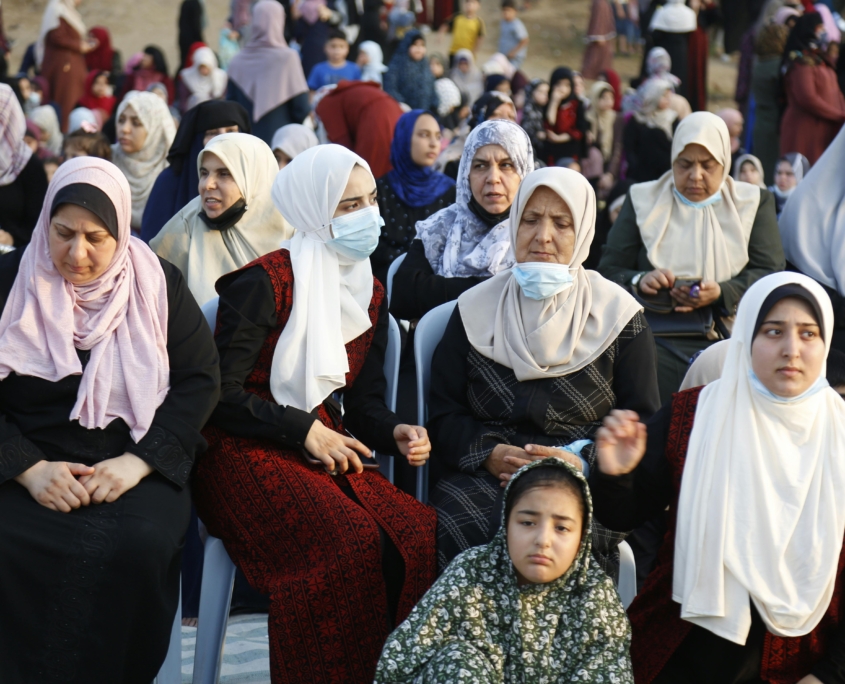 As the war in Gaza continues, about
As the war in Gaza continues, about 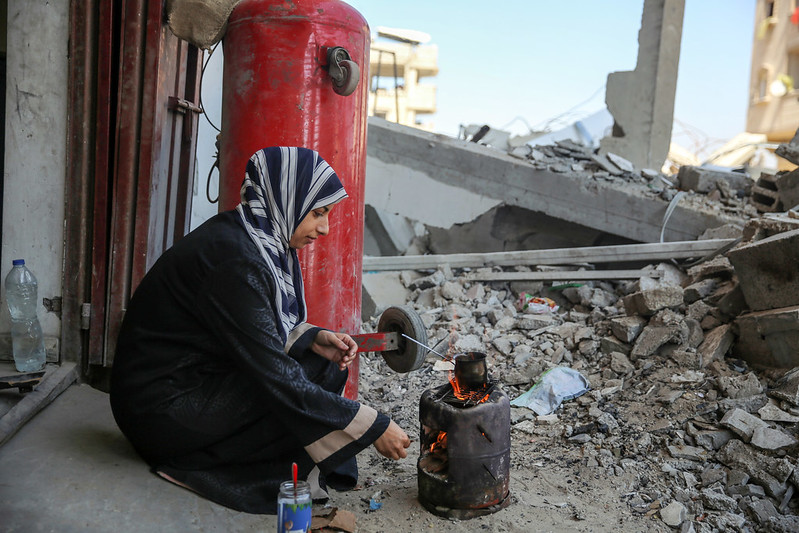 The
The 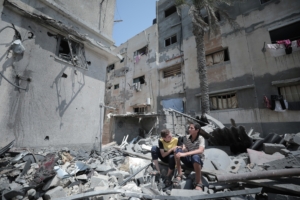
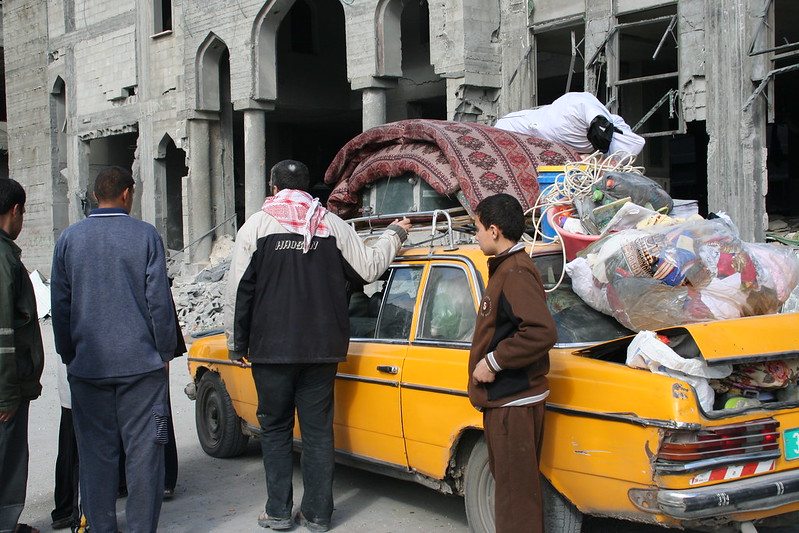 The ongoing humanitarian
The ongoing humanitarian 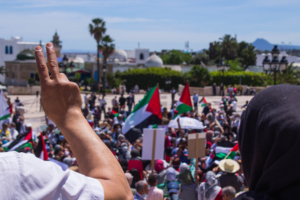
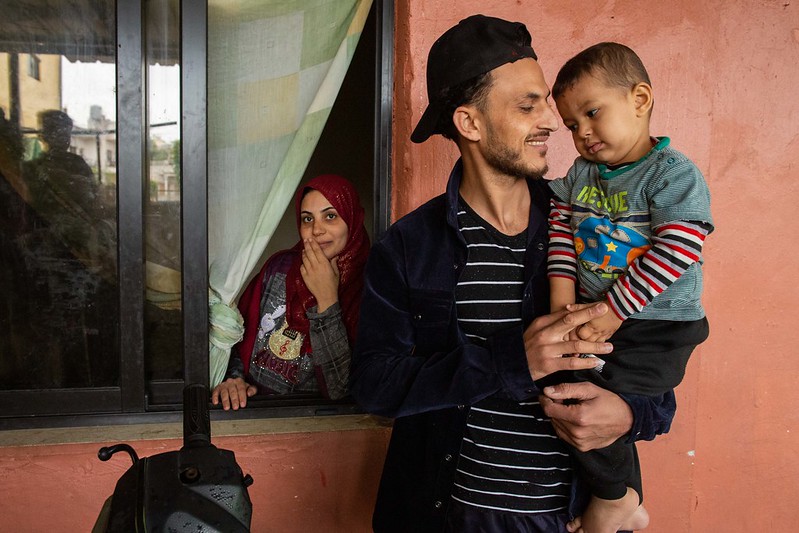 The
The 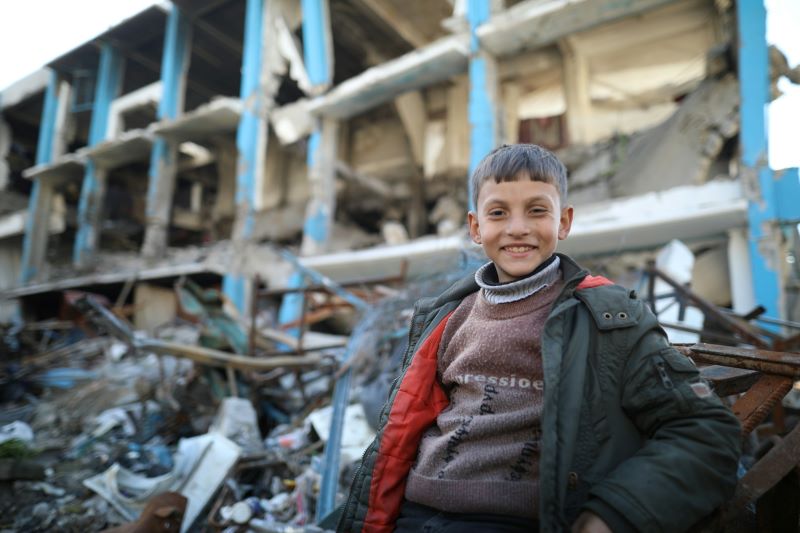 Gaza has a population of 2.3 million and is one of the “
Gaza has a population of 2.3 million and is one of the “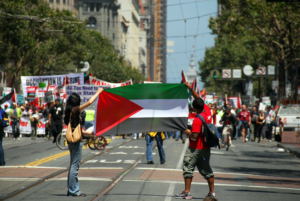
 The ongoing conflict in
The ongoing conflict in 